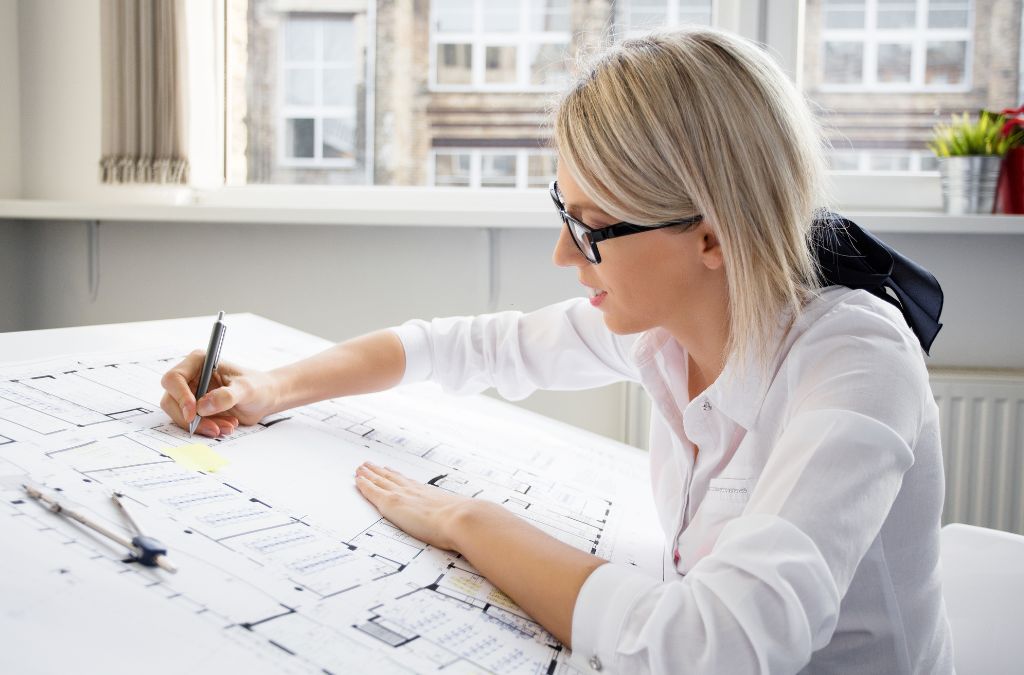
-
Table of Contents
- From Concept to Creation: The Architect’s Journey
- Initial Concept and Vision
- Sources of Inspiration
- Design Development
- Collaboration with Specialists
- Client Approval and Feedback
- Effective Communication
- Construction Documentation
- Key Components of Construction Documentation
- Construction Phase
- Site Visits and Supervision
- Completion and Handover
- Final Inspection and Handover
- Conclusion
From Concept to Creation: The Architect Journey
The journey of an architect from the initial concept to the final creation is a fascinating and intricate process. This article explores the various stages involved, providing insights into the challenges and triumphs that architects face along the way.
Initial Concept and Vision
The journey begins with the initial concept and vision. This stage involves brainstorming and ideation, where architects draw inspiration from various sources such as nature, history, and modern technology. The goal is to create a design that is both functional and aesthetically pleasing.
Sources of Inspiration
- Nature: Many architects look to the natural world for inspiration, incorporating organic shapes and sustainable materials into their designs.
- History: Historical architecture provides a rich source of ideas, with many modern buildings drawing on classical elements.
- Technology: Advances in technology allow architects to push the boundaries of what is possible, creating innovative and futuristic designs.
Design Development
Once the initial concept is established, the next step is design development. This involves creating detailed drawings and models to refine the design and address any potential issues. Architects work closely with engineers and other specialists to ensure that the design is feasible and meets all necessary regulations.
Collaboration with Specialists
- Engineers: Structural, mechanical, and electrical engineers play a crucial role in ensuring that the building is safe and functional.
- Urban Planners: Collaboration with urban planners helps to integrate the building into its surroundings and address any zoning or planning issues.
- Environmental Consultants: These specialists ensure that the design is sustainable and minimizes its impact on the environment.
Client Approval and Feedback
Client approval is a critical stage in the architect’s journey. Presenting the design to the client and incorporating their feedback is essential for ensuring that the final product meets their needs and expectations. This stage often involves multiple revisions and adjustments to the design.
Effective Communication
- Presentations: Architects use detailed presentations and visual aids to convey their ideas to clients.
- Feedback Loops: Regular meetings and feedback sessions help to keep the project on track and address any concerns early on.
- Flexibility: Being open to changes and willing to adapt the design is key to achieving client satisfaction.
Construction Documentation
With client approval secured, the next step is creating detailed construction documentation. These documents provide all the necessary information for contractors to build the project, including specifications, materials, and construction methods.
Key Components of Construction Documentation
- Blueprints: Detailed drawings that outline the dimensions and layout of the building.
- Specifications: Documents that specify the materials and construction methods to be used.
- Schedules: Timelines and schedules that outline the various stages of construction.
Construction Phase
The construction phase is where the design comes to life. Architects often visit the construction site to oversee the progress and address any issues that arise. This stage requires close collaboration with contractors and constant monitoring to ensure that the project stays on schedule and within budget.
Site Visits and Supervision
- Regular Inspections: Architects conduct regular site visits to inspect the work and ensure that it meets the design specifications.
- Problem-Solving: Addressing any issues that arise during construction is a key part of the architect’s role.
- Coordination: Close coordination with contractors and other stakeholders is essential for a smooth construction process.
Completion and Handover
The final stage of the architect’s journey is the completion and handover of the project. This involves a thorough inspection to ensure that everything is built according to the design and meets all necessary standards. Once the project is complete, it is handed over to the client, marking the end of the architect’s journey.
Final Inspection and Handover
- Quality Control: A thorough inspection to ensure that the building meets all quality standards.
- Client Training: Providing the client with all necessary information and training on how to use and maintain the building.
- Documentation: Handing over all relevant documentation, including warranties and maintenance manuals.
Conclusion
The journey from concept to creation is a complex and rewarding process that requires creativity, collaboration, and meticulous attention to detail. By understanding the various stages involved, we can appreciate the skill and dedication that architects bring to their work, transforming ideas into tangible structures that shape our world.